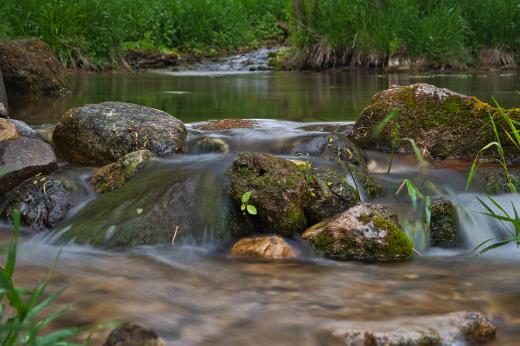State Council goes to work identifying Priority Waters
The 2021 TU National Strategic Plan sets the stage for organizational growth over the next five years. Specifically the Plan states as Goal #1: to identify a national network of shared priority waters for native and wild trout and salmon, and take strategic action to care for and recover them.
Wisconsin Trout Unlimited has started work on the first phase of identifying priority waters in our state. This is no small task, given that Wisconsin is home to over 13,000 miles of trout streams and a world class concentration of spring ponds. Many of these waters currently harbor native and / or wild trout.
The strength of our organization has always been at the local chapter level. Our Chapters are at the frontlines in protecting our trout streams. Nothing in this new plan is going to change that. Supporting our local chapters in their efforts to be good stewards of their home waters is priority number one for Wisconsin TU. Period.
Identifying the next level of priority waters has been tasked to the State Council. We’ve put together a Workgroup of volunteers from around the state to participate in the process. TU’s Great Lakes Stream Restoration Manager Chris Collier is leading the Workgroup.
We expect a preliminary list of priority waters to be presented to the Council at our annual meeting in Oshkosh on February 5. We’ll spend the months after refining the list and creating an action plan to guide conservation in these watersheds.
As of right now, the Workgroup seems to be leaning towards identifying larger watersheds as priorities rather than individual trout streams. For example, the DNR has broken the state into 24 drainage basins ( https://dnr.wisconsin.gov/topic/Watersheds/basins ). Selecting larger watersheds would allow more trout streams to be included in the plan while still allowing us to choose specific watersheds or regions to focus on over the next five years.
Take for example the Lower Wisconsin River basin. This area includes streams most trout anglers know like Black Earth Creek, the Blue River, and the West Fork of the Kickapoo River. In addition, there are lots of smaller streams that could offer climate change resilient habitat for our native brook trout.
Like all strategic plans, this exercise is meant to be a recurring one, not just a one-off job to be put on the shelf. We’ll revisit the process in five years, make adjustments, and set a new list of priorities for future restoration.
This blueprint of priority waters will become a shared conservation agenda for TU and our partners. We’re trying to find out where the opportunities for conservation are and where we can do the most good. This will maximize the potential of our already strong grassroots organization.
If you would like more information about the Priority Waters process, please contact Council Chair Mike Kuhr at mikek.trout@yahoo.com or Chris Collier at chris.collier@tu.org.


